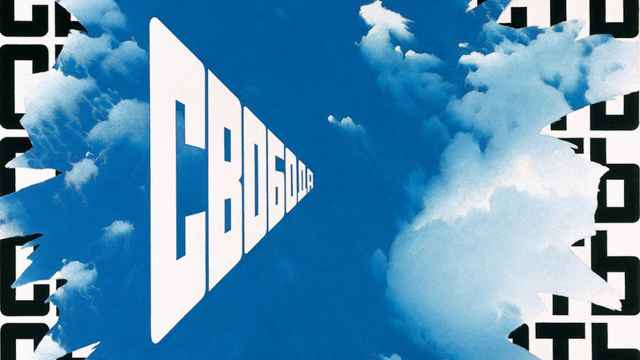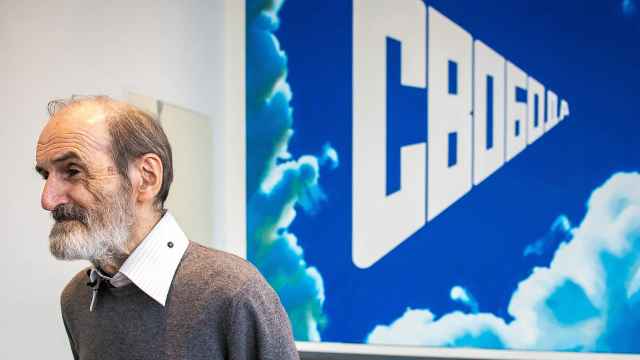Tretyakov Gallery
The Tretyakov Gallery is the world’s preeminent museum dedicated to the history of Russian art.
Its collections range from 12th-century icons to the rich paintings and other works by Mikhail Vrubel. It was founded in 1856 by the merchant and collector Pavel Tretyakov, who later presented it as a gift to the city.
In addition to its exquisite permanent collection, which presents Russian art up until the early 20th century, this winter will include an exhibition dedicated to the 200th anniversary of Sergei Zaryanko, a portrait painter, icon painter, master of the interior genre, theorist and teacher. Zaryanko was among the most remarkable and highly-skilled artists of mid-19th century Russia.
In the Engineering Building (part of the museum complex), there is an exhibition showcasing the ingenuity and importance of Arkhip Kuindzhi, a landscape painter and one of the most memorable figures in Russian
10 Lavrushinsky Pereulok. Metro Tretyakovskaya. tretyakovgallery.ru/en
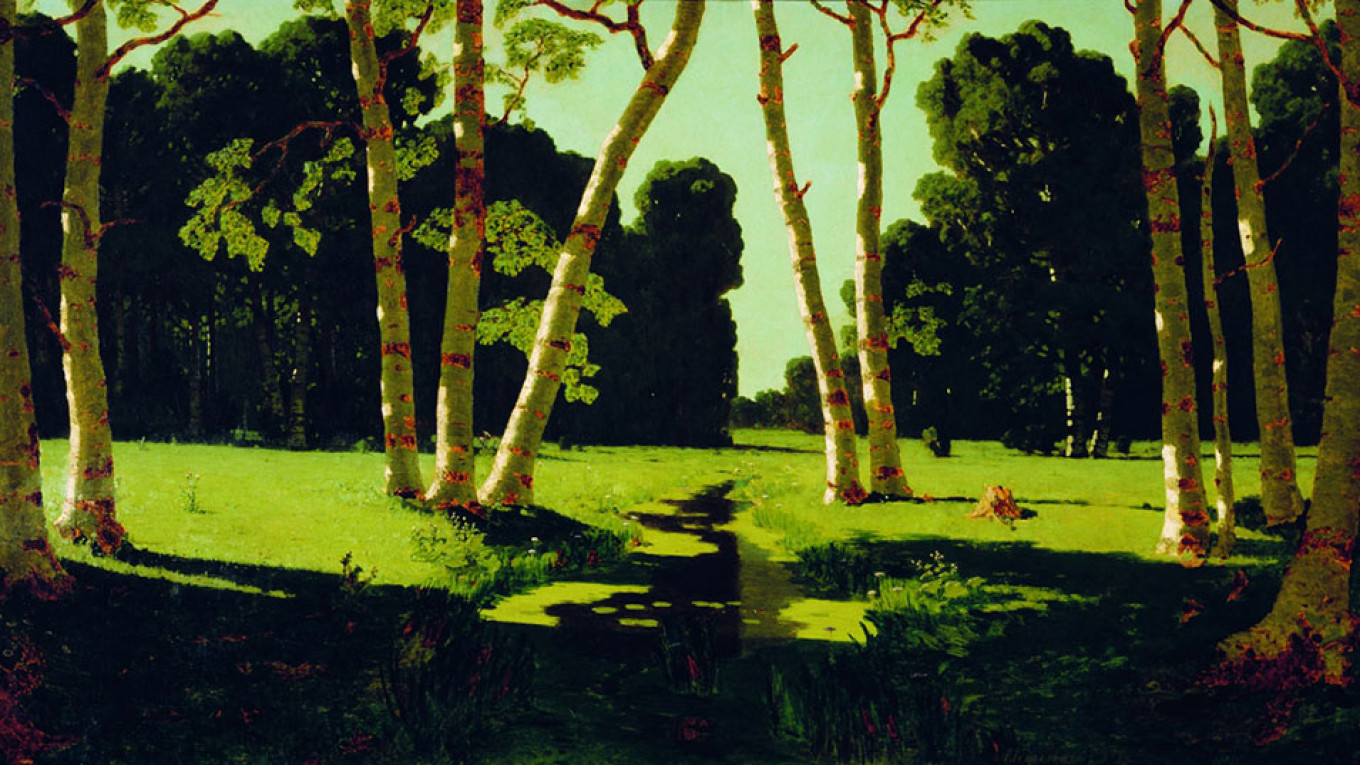
New Tretyakov Gallery
Where the Tretyakov Gallery ends along the chronological continuum of Russian art, the New Tretyakov begins. That is, it takes over at the beginning of the 20th century and with Russia’s revolution of modernism and avant-garde.
The permanent collections are absolutely must-see. This winter is also highlighted by an exhibition that showcases and “recreates” works by Natalia Goncharova and Kazimir Malevich. Visitors are able to learn about the artists’ creative processes and take part in them, as the virtual-reality technology allows visitors to create their own artworks.
There is also a comprehensive retrospective that focuses on Mikhail Larionov, one of the founders of Russian avant-garde. Larionov was recognized for his primitive style and abstract art. This exhibition is divided into two sections: one is dedicated to the Russian influences on Larionov and features his most iconic paintings; and the other is dedicated to his french influences and his artwork for Sergei Diaghilev and the Ballets Russes.
10 Krymsky Val. Metro Oktyabrskaya. tretyakovgallery.ru/en
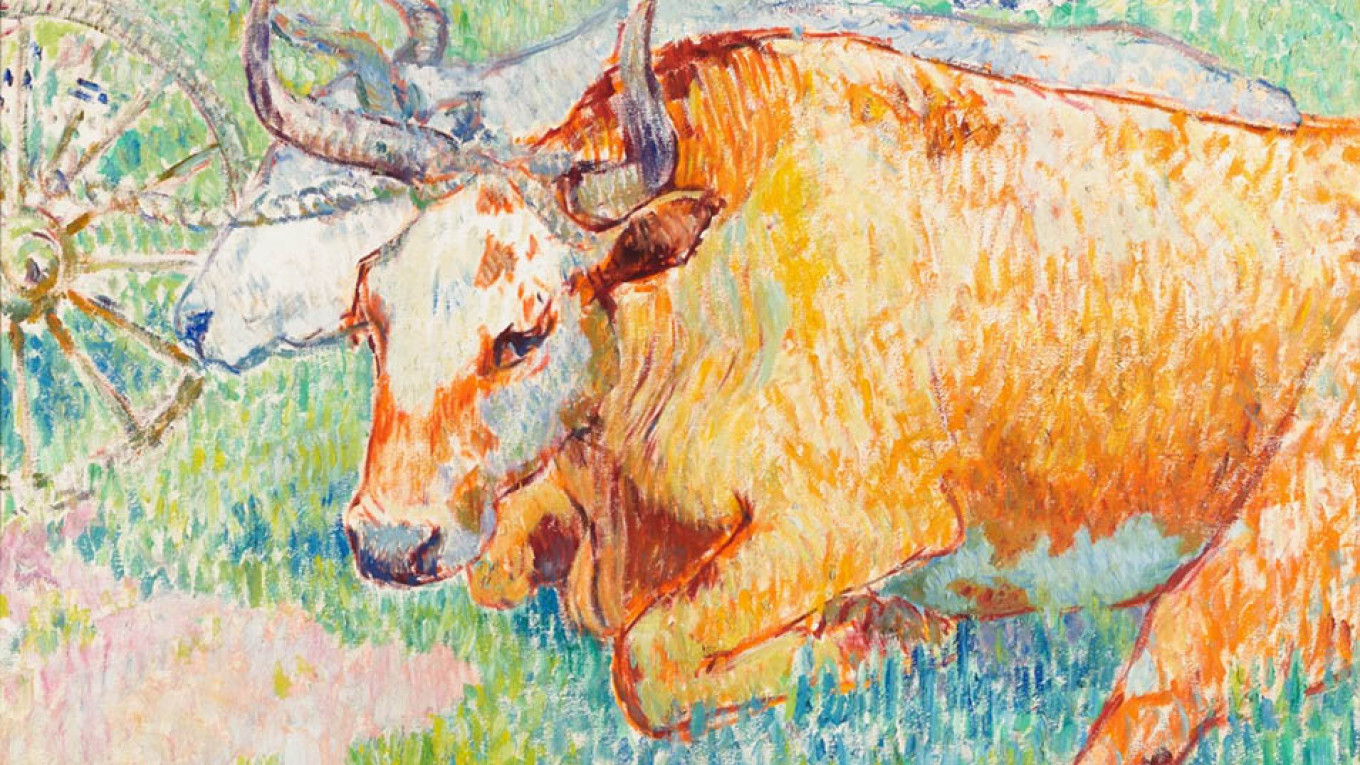
Garage Museum of Contemporary Art
Besides functioning as a museum that consistently earns international recognition for its often bold and inventive exhibitions, the Garage Museum of contemporary Art supports ambitious research, educational publishing and archiving programs.
On any given day, Garage hosts lectures, concerts, workshops and movies. With so many things going on, be sure to check out its website regularly to see what’s happening.
Exhibitions this winter include “The Fabric of Facility,” an international project that presents “clothes in art,” with a different view than that of the fashion industry. It focuses on the production cycles of raw materials, textiles and their modes of transport around the world. It is a study and re-discovery of global trade and influence. Special attention is paid to the Russian (and Soviet) context, though the exhibition features over 40 international artists.
Another exhibition this winter is “Damian Ortega. The Modern Garden.” Garage commissioned this large-scale installation by Ortega, a sculptor working in Mexico City. It comprises 30 sculptures constructed from commercial materials and logos as a study of the intersection between the corporate and artistic worlds, as well as the ability to recycle industrial materials into works of art.
Garage is presenting an exhibition of Belgian filmmaker and artist Marcel Broodthaers. He produced works that challenged and revolutionized how museums functioned. This exhibition features his early films and most famous installations, including “The Museum of Modern Art, Department of Eagles” and “Decors.” Broodthaers began his creative life as a poet, and his works accordingly explore the relationship between image and text.
9/32 Krymsky Val. Metro Park Kultury, Oktyabrskaya. garagemca.org/en
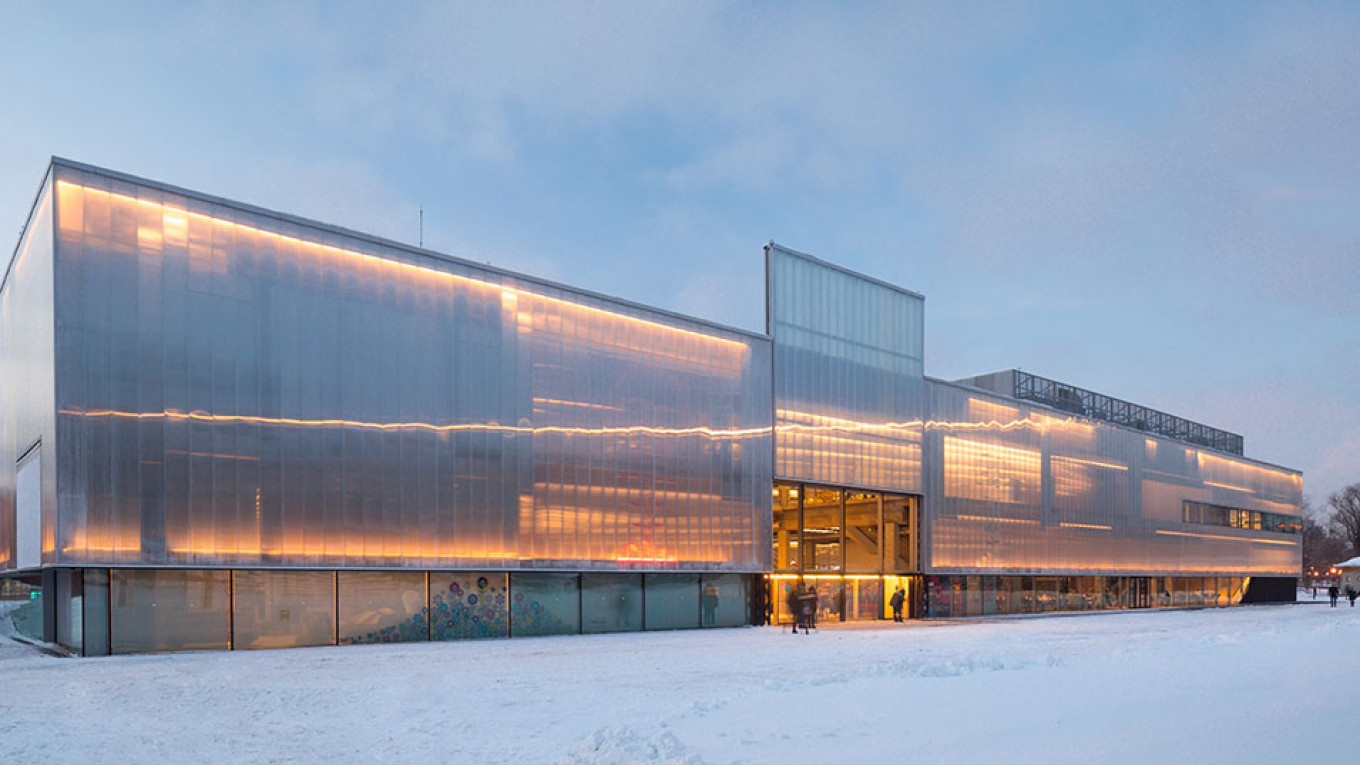
The Pushkin Museum of Fine Arts
The Pushkin State Museum of Fine Arts, founded in 1912, is the city’s grande dame of museums, a museum complex that possesses one of the world’s largest collections of ancient Egyptian and Greek artifacts, as well as approximately 700,000 art works from different epochs. There are many exhibitions taking place at any given time in the large complex, so visitors are advised to check the museums’s website.
One of the exhibitions on this winter is “Baroness D’Oettingen’s Paris Nights.” At the turn of the 20th century, Polish émigré cousins Hélène Miaczinska and Sergei Yastrebzov moved to Paris. She became Baroness d’Oettingen and he became Serge Férat, and together they were leaders among the emerging avant-garde movement. The Pushkin has re-created the baroness’s salons, which entertained such luminaries as Picasso and Matisse.This exhibition encompasses the years 1910-1950 and showcases materials from the private collections of the two cousins.
If you are in Moscow during the holidays, be sure to check out the last days of “Anatomy of Cubism.” This exhibition examines Pablo Picasso’s early sketchbook for “Ladies of Avignon.” By focusing on the early planning stages of this work, visitors can gain an appreciation for the deeper layers of cubism. The exhibition also includes Paul Cezanne’s “Bathing,” several Egyptian and African sculptures, and paintings by Picasso from the Pushkin collection.
12 Ulitsa Volkhonka. Metro Borovitskaya, Kropotkinskaya. pushkinmuseum.art
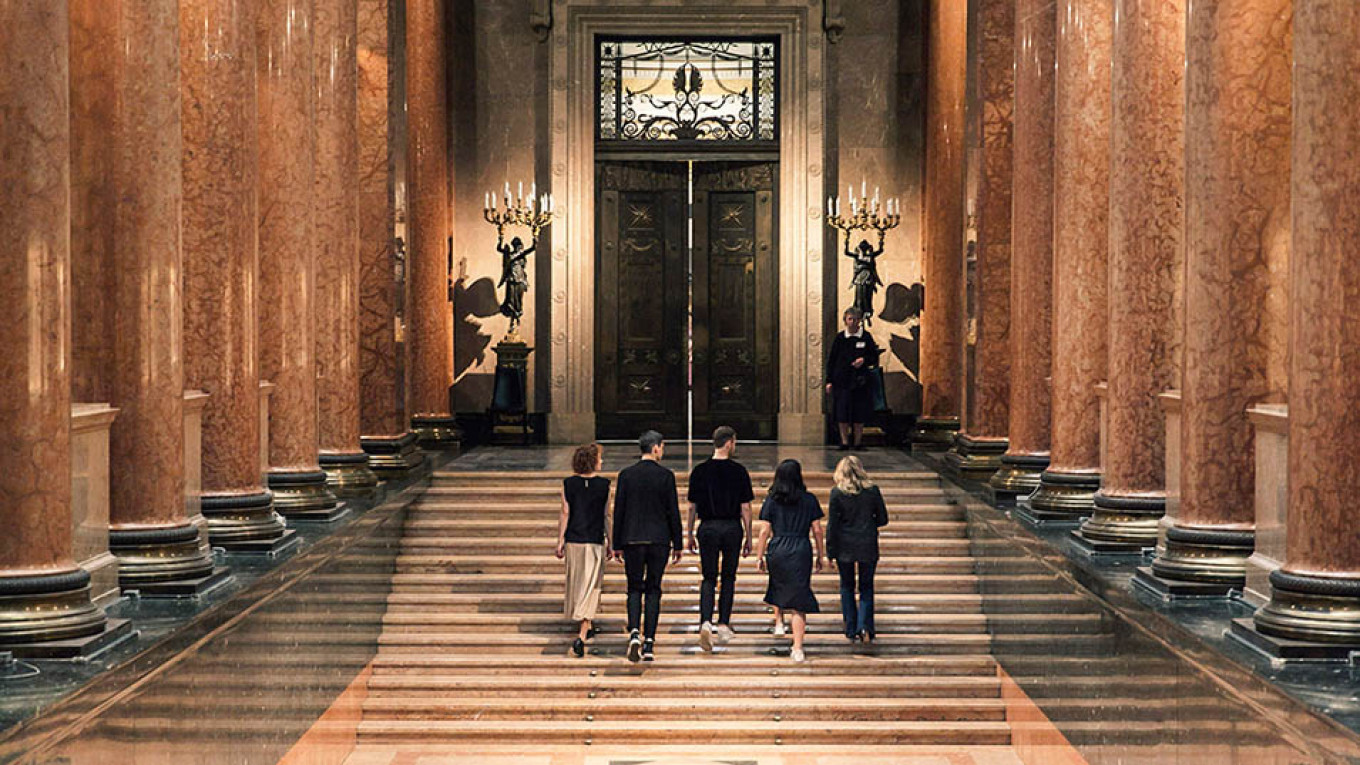
Bolshoi Theater
Founded in 1776 as a permanent troupe of performers, what is now the Bolshoi (Big) Theater became the Great Imperial Theater in 1805, originally designed by the architect Osip Bove. After a fire in 1853 - the main hazard for architecture in Moscow until the Revolution -- it was redesigned by Albert Kavos to the appearance it has today. When you arrive be sure to look up at Pyotr Klodt's Apollo riding his chariot above the facade. After a major renovation, it is more modern technically but more old-fashioned in the interior style. Here is where you come to enjoy the ambiance -- velvet seats, gilded everything -- and see some of the country's best ballet, opera, and music in a repertory that includes favorites from the past and new productions.
1 Teatralnaya Ploshchad. Metro Teatralnaya. Bolshoi.ru/en
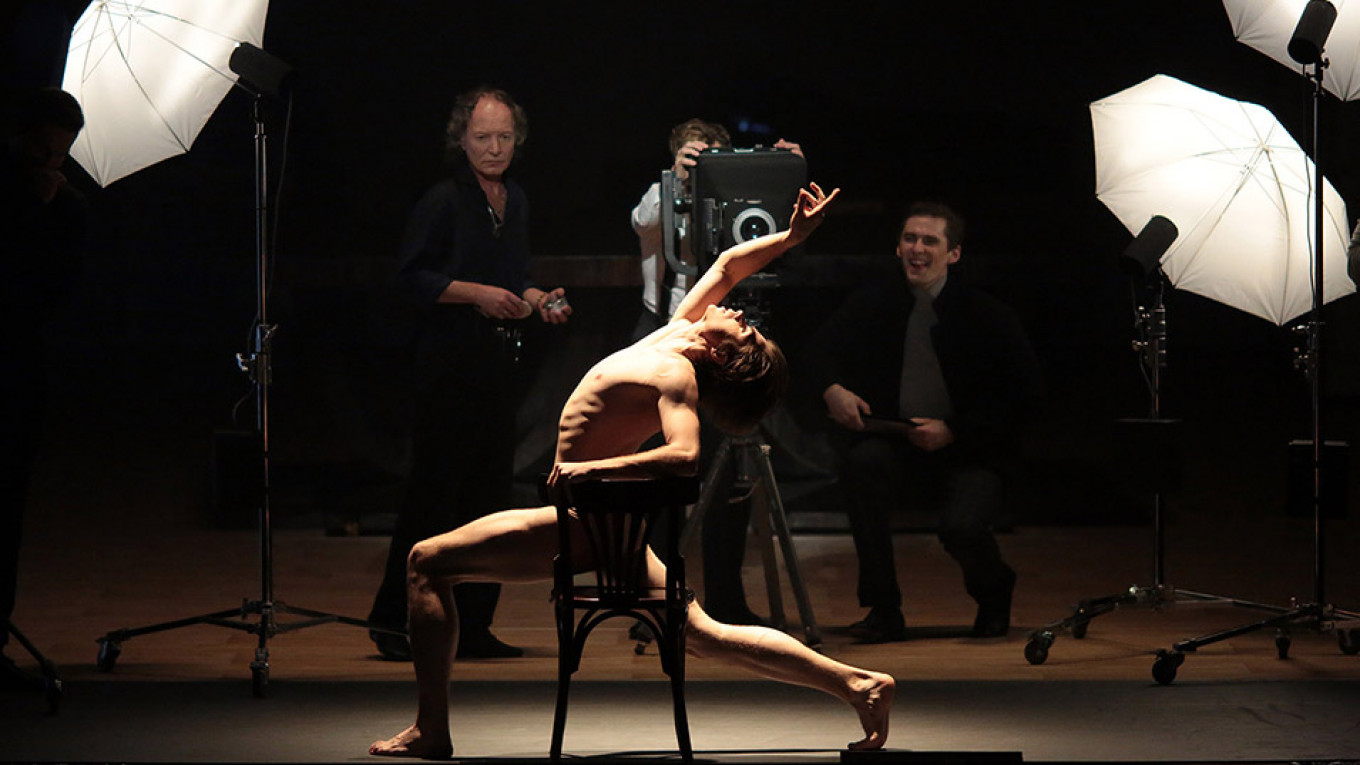
Moscow Art Theater
In 1898 the actor and director Konstantin Stanislavsky and playwright and director Vladimir Nemirovich-Danchenko had a long meal at the Slavyansky Bazaar restaurant which concluded with the creation of the Moscow Art Theater. The concept of the theater was for the naturalistic manner of acting and productions that Stanislavsky championed and which were in stark contrast to the mannered style of almost every other theater in the country. The first year's production included "The Seagull" by Anton Chekhov, an image that became the talisman of the theater when it was built in 1902 by the renowned architect of style moderne, Fyodor Shekhtel. The theater has experienced creative ups and downs over the decades, particularly during the Soviet era of mandatory "socialist realism," but has remained one of the greatest troupes in the country and the world. For a splendid evening at the theater, get tickets for "The Cherry Orchard" on Jan. 15.
3 Kamergersky Pereulok. Metro Okhotny Ryad, Teatralnaya. art.theatre.ru
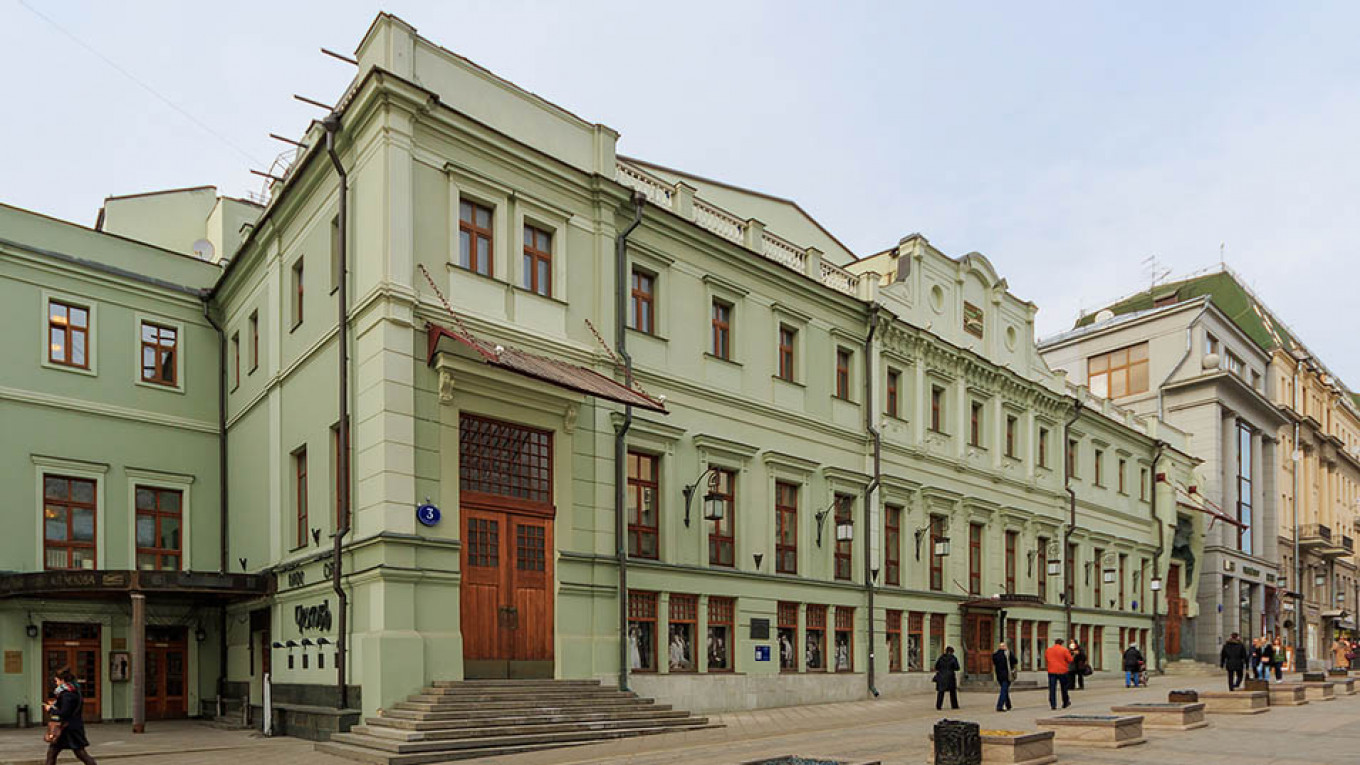
Moscow Conservatory
The Moscow Conservatory was founded in 1866 by Nikolai Rubenstein and has been the city's premier venue for concerts, festivals, and competitions ever since. The four halls hold concerts virtually every evening, although the Grand Hall is the place to go for a special night of music, where the world's finest musicians perform surrounded by the hall's old-fashioned charm, medallions depicting the world's greatest composers, and superb acoustics. The Conservatory is also a teaching institution, so for a free concert, just sit outside the open windows of the practice rooms on a warm day.
13 Ulitsa Bolshaya Nikitskaya. Metro Tverskaya, Alexandrovsky Sad. www.mosconsv.ru
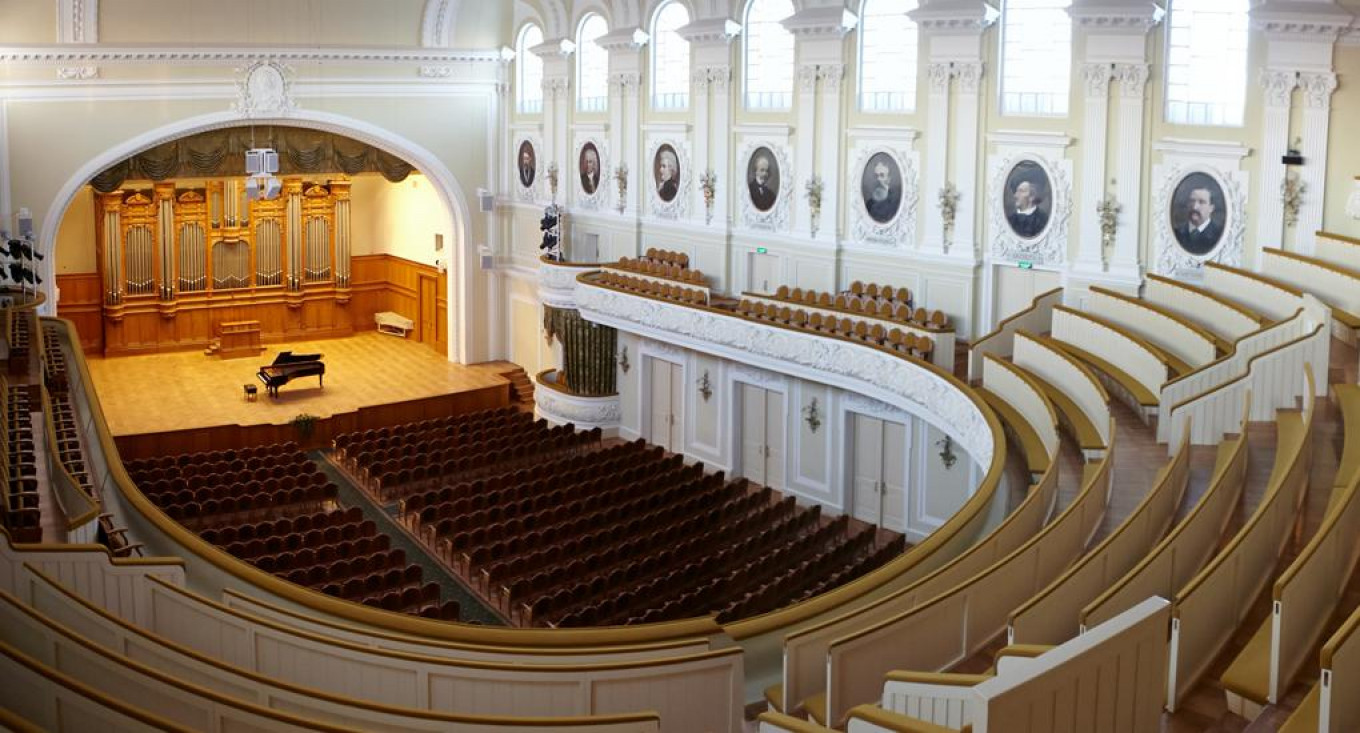
A Message from The Moscow Times:
Dear readers,
We are facing unprecedented challenges. Russia's Prosecutor General's Office has designated The Moscow Times as an "undesirable" organization, criminalizing our work and putting our staff at risk of prosecution. This follows our earlier unjust labeling as a "foreign agent."
These actions are direct attempts to silence independent journalism in Russia. The authorities claim our work "discredits the decisions of the Russian leadership." We see things differently: we strive to provide accurate, unbiased reporting on Russia.
We, the journalists of The Moscow Times, refuse to be silenced. But to continue our work, we need your help.
Your support, no matter how small, makes a world of difference. If you can, please support us monthly starting from just $2. It's quick to set up, and every contribution makes a significant impact.
By supporting The Moscow Times, you're defending open, independent journalism in the face of repression. Thank you for standing with us.
Remind me later.





